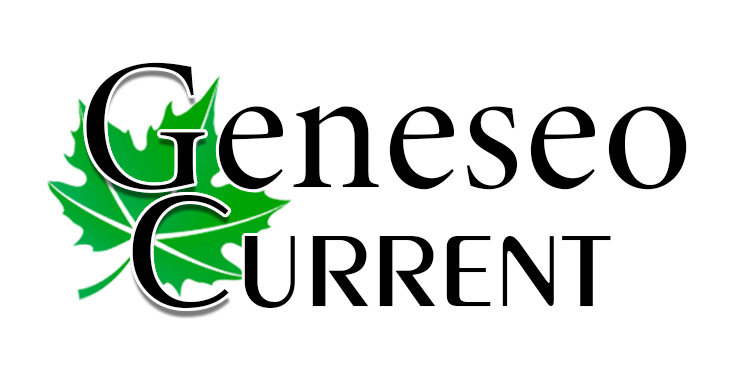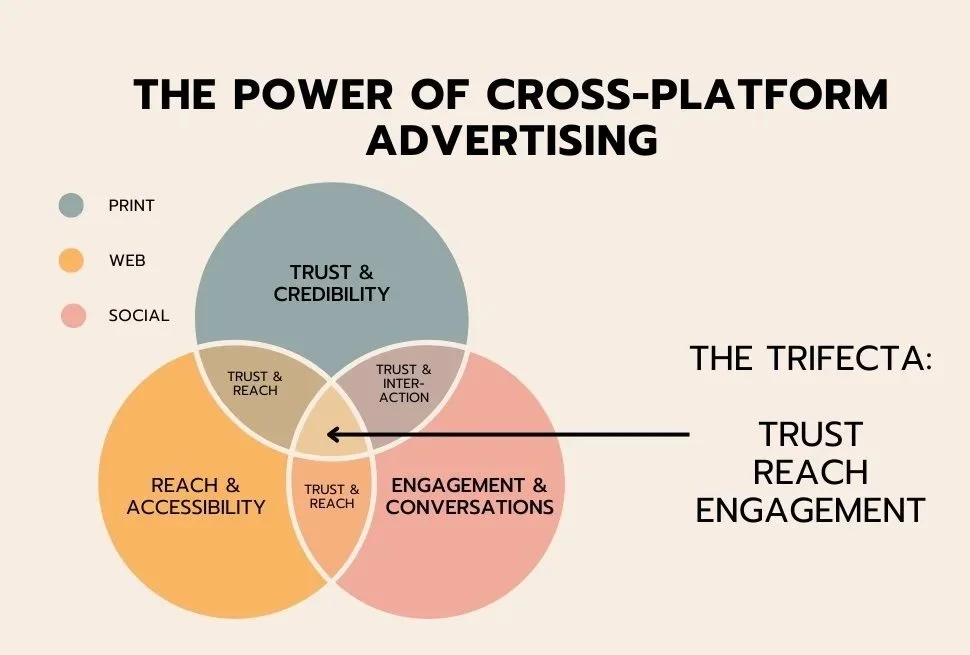Oct 21
In today’s digital landscape, having a website is just the first step; ensuring that it converts visitors into customers is the real challenge. Whether you run an e-commerce site, a blog, or a service-based business, optimizing your website for conversions can significantly boost your revenue and user engagement. Here are key strategies to help you enhance your website’s conversion rates.
1. Understand Your Audience
Know Your Visitors
Before making any significant changes, it’s absolutely essential to take the time to fully understand who your audience really is. Use a variety of analytics tools to gather comprehensive data on visitor demographics, behavior, and preferences. Additionally, conduct surveys and user testing to gain deeper insights into their unique needs and specific pain points. This information will empower you to make informed decisions that resonate with your target market.
Create User Personas
Develop detailed user personas based on your comprehensive research findings. These carefully crafted fictional characters represent the various segments of your target audience, allowing you to better understand and address their unique preferences. By utilizing these personas, you can effectively tailor your content and design strategies to meet the specific needs and expectations of each audience group.
2. Optimize Your Website Design
Simplify Navigation
Ensure your website is easy to navigate and user-friendly. A clean, intuitive layout significantly helps visitors find exactly what they’re looking for quickly and efficiently. By using clear labels and implementing logical category structures, you can enhance user experience and keep visitors engaged on your site for longer periods.
Mobile Responsiveness
With a significant amount of web traffic now coming from mobile devices, it is crucial that your site is not only mobile-friendly but fully optimized for a seamless user experience. Utilize responsive design techniques to ensure that your website not only looks great but also functions exceptionally well across all screen sizes, from smartphones to tablets and desktops. This adaptability is essential for capturing and retaining visitors in today's fast-paced, mobile-driven digital landscape.
Fast Load Times
Page speed is absolutely critical for ensuring a positive user experience. To improve this aspect, optimize images by compressing them and selecting the appropriate formats, leverage browser caching to store frequently accessed data, and utilize content delivery networks (CDNs) to efficiently distribute content across various locations, thereby reducing loading times. A significantly faster website can dramatically enhance conversion rates, leading to increased engagement and profitability for your business.
3. Craft Compelling Content
Clear Value Proposition
Your unique value proposition should be front and center, radiating clarity and importance. Make it abundantly clear what specifically sets you apart from the myriad of competitors in your industry and why visitors should confidently choose your product or service over others. This distinction is crucial in capturing attention and fostering trust.
Engaging Headlines
Headlines are often the very first thing that visitors see when they land on your website. It’s essential to make them not only compelling but also relevant to your content to effectively encourage visitors to read further and engage with your offerings. A strong headline can grab attention and evoke curiosity, leading potential customers to explore your site deeper.
Use Quality Images and Videos
High-quality visuals have the remarkable ability to significantly enhance your message while keeping visitors genuinely engaged and interested. It is essential to use images and videos that not only resonate deeply with your target audience but also effectively support and amplify the overarching theme of your content.
4. Implement Strong Calls to Action (CTAs)
Be Clear and Direct
Your CTAs should clearly tell visitors exactly what action you want them to take without any ambiguity. Use persuasive and actionable language like “Get Started Today,” “Subscribe Now for Exclusive Offers,” or “Buy Today to Secure Your Savings.” This clarity will guide your audience effectively.
Strategic Placement
Place compelling CTAs in prominent and easily accessible positions throughout your site, including strategically at the top of the page, seamlessly integrated within your content, and clearly visible at the bottom of pages. Additionally, consider utilizing pop-ups for enticing special offers to grab attention, but be sure to use them sparingly to prevent frustrating or overwhelming users with too many interruptions.
5. Build Trust and Credibility
Use Testimonials and Reviews
Showcasing positive reviews and testimonials from satisfied customers can significantly help build trust among potential clients. Social proof, in the form of user experiences and recommendations, reassures visitors that others have had genuinely positive interactions with your brand and its services. This powerful form of endorsement can often sway their decision-making process in your favor.
Secure Your Site
A secure website, which is indicated by the HTTPS protocol, is absolutely crucial for establishing and maintaining trust with your users, especially if you handle sensitive information such as personal data or payment details. Therefore, it is essential to ensure that your site has a valid SSL certificate installed, as this not only protects your users but also enhances your credibility in a competitive digital landscape.
Professional Design
A well-designed, professional-looking website significantly conveys trust and credibility to visitors. By investing in high-quality design elements, you not only enhance your image but also ensure that your branding is consistently reflected throughout the entire site. This consistency builds recognition and fosters a positive impression among your audience.
6. Test and Analyze
A/B Testing
Conduct A/B tests on various elements of your website, such as attention-grabbing headlines, compelling calls-to-action (CTAs), and different layouts. This strategic approach allows you to identify what truly resonates best with your audience, ensuring that your website is optimized for maximum engagement and effectiveness.
Monitor Analytics
Regularly review your analytics to meticulously track visitor behavior and engagement on your site. Look for critical drop-off points in the conversion funnel and take the time to analyze why visitors may be leaving without ultimately converting. Understanding these trends is essential for making informed improvements and optimizing your marketing strategies.
Adjust Strategies
Use the valuable data you gather to continually refine and enhance your marketing strategies. Remember, conversion optimization is an ongoing process that requires attention and adaptability, as small adjustments made over time can lead to significant and impactful improvements in your overall results. Stay committed to monitoring and evolving your approach for the best outcomes.
Improving website conversions is a multifaceted endeavor that requires understanding your audience, optimizing design and content, and consistently testing and analyzing performance. By implementing these strategies, you can create a website that not only attracts visitors but also effectively converts them into loyal customers. Start today, and watch your conversion rates soar!


